India has avenged the April 22 Pahalgam terror attack by launching overnight missile strikes on nine terror sites in Pakistan and Pakistan-occupied Kashmir (PoK). Dubbed Operation Sindoor, the targeted sites included the Jaish-e-Mohammad (JeM) headquarters in Bahawalpur and Lashkar-e-Taiba’s (LeT) Markaz Taiba in Muridke.
With its precision strikes, India has taken revenge for not just the Pahalgam massacre but also other terror attacks by Pakistan-based outfits that stunned the country. By targeting only terror camps in Pakistan and PoK, New Delhi has sent a message of restraint while bringing perpetrators to justice.
Let’s take a closer look.
Pahalgam attack
Two weeks after the Pahalgam terror attack, India struck at the heart of terror in Pakistan and PoK.
While media reports say dozens of terrorists have been killed, there is no official confirmation yet.
On April 22, male tourists were separated from women and children in the Baisaran meadow in south Kashmir and killed by the terrorists. They were targeted on the basis of their religion. As many as 26 people, mostly tourists, including a Nepali national, and a Kashmiri local, were killed in the terror attack.
The Resistance Front, an offshoot of Pakistan-based Lashkar-e-Taiba (LeT), claimed responsibility for the attack.
India blamed Pakistan, which denied the charges.
After the terror attack, Prime Minister Narendra Modi vowed to “identify, track and punish every terrorist and their backers.”
“We will pursue them to the ends of the Earth,” he said, a promise that has been fulfilled by the Indian armed forces.
Pulwama attack
India carried out strikes at 21 terror camps and training facilities across nine locations in both Pakistan and PoK.
The targets were chosen so as not to just take revenge for the Pahalgam attack but also hit sites where other attacks on India were planned.
The biggest hit was at Markaz Subhan Allah, the headquarters of the Jaish-e-Mohammad (JeM), in Bahawalpur.
JeM chief Maulana Masood Azhar’s 10 family members and four close aides were killed as Indian strikes targeted the terror group’s headquarters in the city in Pakistan’s Punjab, reported PTI.
The markaz, which means headquarters, served as a site for planning terrorist activity, including the 2019 Pulwama attack.
On February 14, 2019, an IED-laden vehicle driven by a JeM suicide bomber rammed his vehicle into a bus with the Central Reserve Police Force (CRPF) convoy at Lethpora in Pulwama. Over 40 CRPF personnel lost their lives.
This markaz also consists of residences of Azhar, Mufti Abdul Rauf Asghar, Maulana Ammar and other family members.
Catch live updates on Operation Sindoor here.
Pathankot attack
In 2016, Jaish members carried out an attack at the Indian Air Force (IAF) base in Punjab’s Pathankot, killing six security personnel.
On early Wednesday (May 7), India fired missiles at the JeM facility in Tehra Kalan village of Sarjal area in Pakistan’s Punjab. The centre acts as the main launching site of the terror group for the infiltration of terrorists into J&K.
The facility is just six km from the International Border (IB) in the Samba sector of Jammu. As per ThePrint report, Pakistan’s spy agency – the Inter-Services Intelligence (ISI) – and JeM have built underground tunnels in the Shakargarh area, which are used to send terrorists into India.
During the press briefing on Wednesday after Operation Sindoor, Lt Colonel Sophia Qureshi said this site was targeted as it was linked to the 2016 Pathankot attack.
Ali Kashif Jan, the Pakistani handler of the 2016 Pathankot airbase terror attack, operated out of the Sarjal facility.
2008 Mumbai terror attacks
Markaz Taiba is reportedly the headquarters of Hafiz Saeed’s terror group Lashkar-e-Taiba (LeT). Located in Nangal Sahdan, Muridke, the complex spans 82 acres and includes arms and physical training facilities.
The centre has links to Osama Bin Laden, who provided funds for building a mosque and a guest house within this complex in 2000.
Perpetrators of the 2008 Mumbai terror attacks, including Ajmal Kasab, received ‘Daura-e-Ribbat’ (intelligence training) at this facility.
David Coleman Headley and Tahawwur Hussain Rana, the plotters of the 26/11 Mumbai attacks, along with co-conspirators Abdul Rehman Sayed, Haroon and Khurram, had visited Muridke, sources told ThePrint.
Hafiz Saeed and other LeT terrorists like Zaki Ur Rehman Lakhvi have residences in this facility.
With inputs from agencies


)
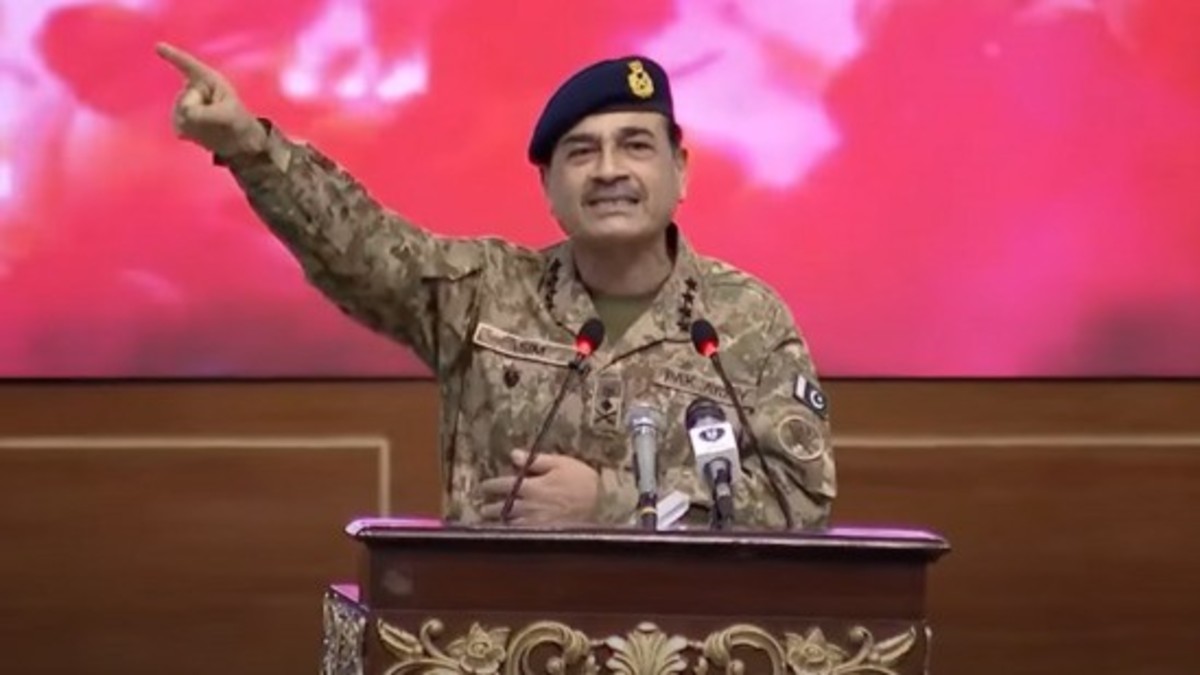)
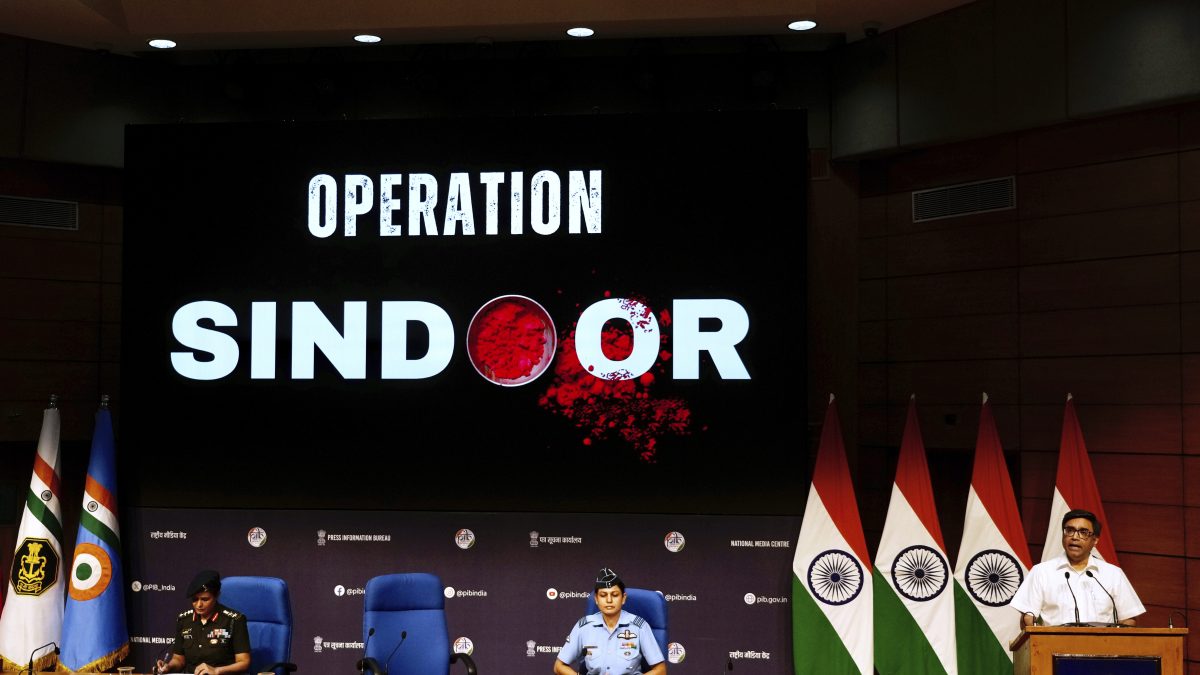)
)
)
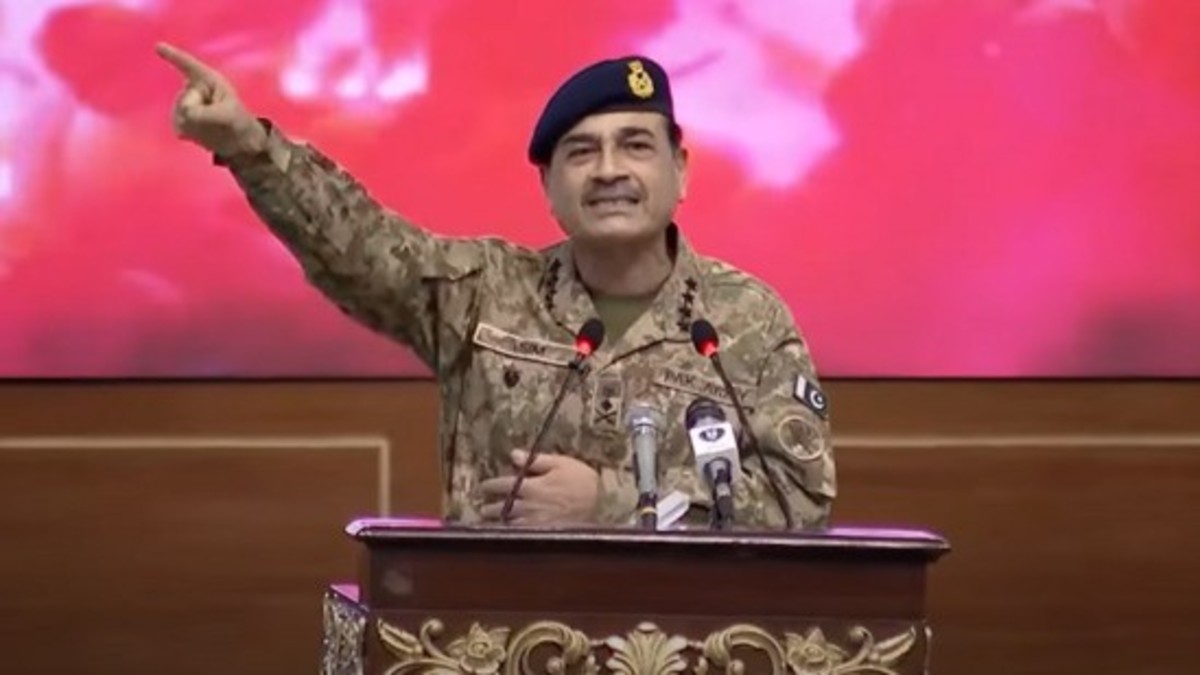)
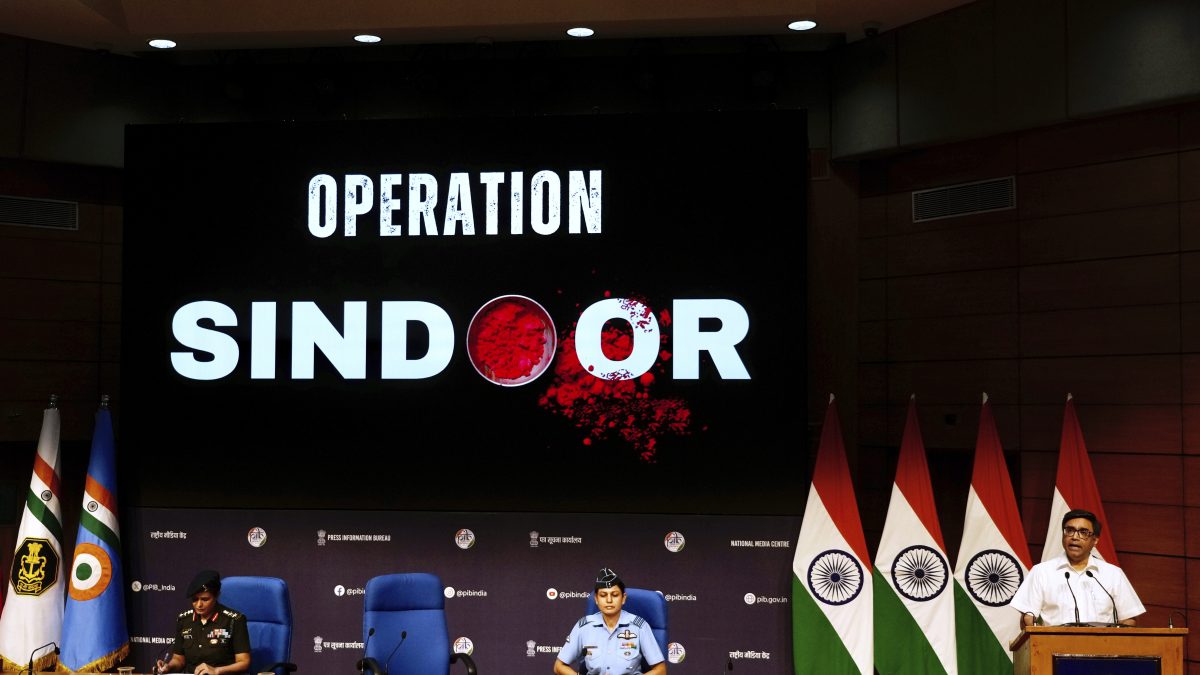)
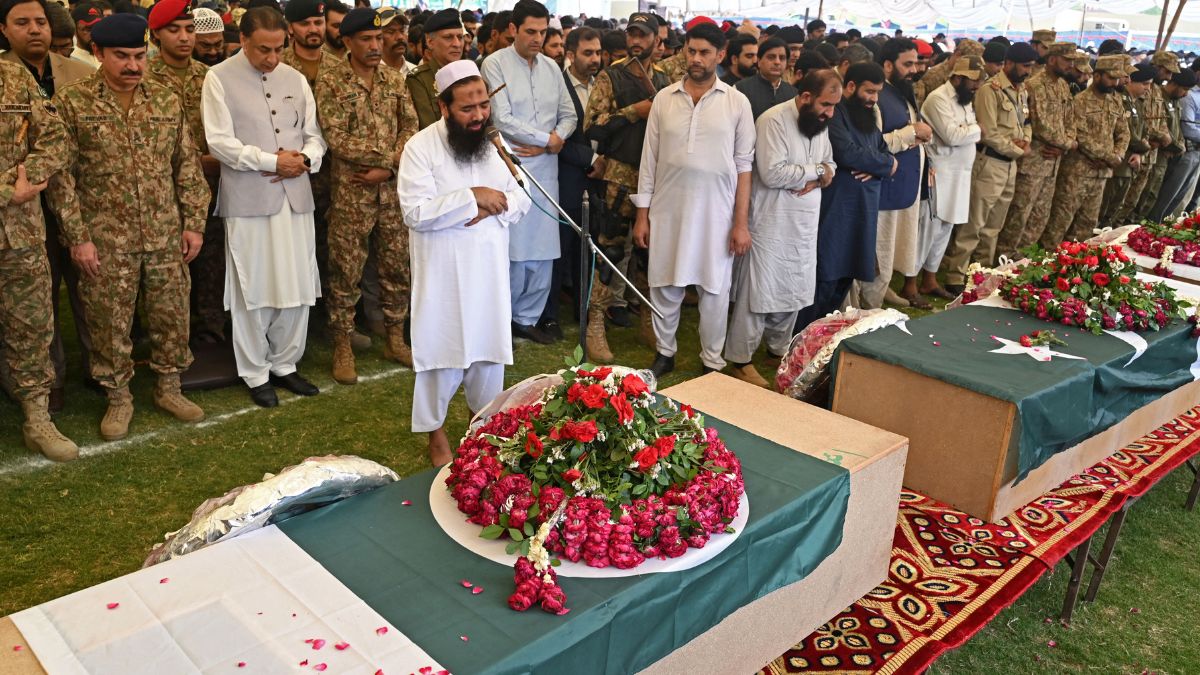)
)